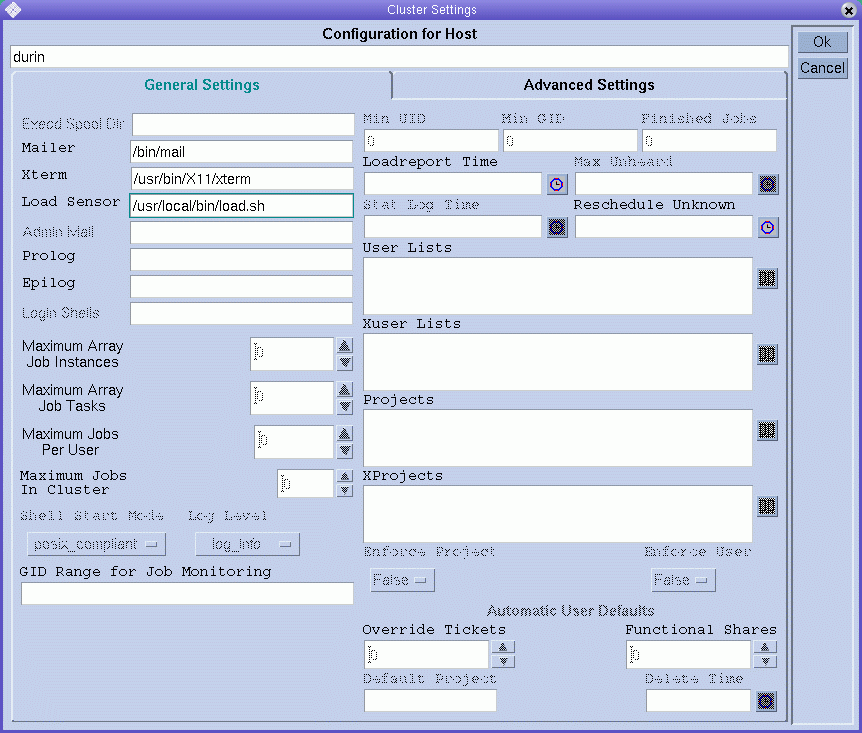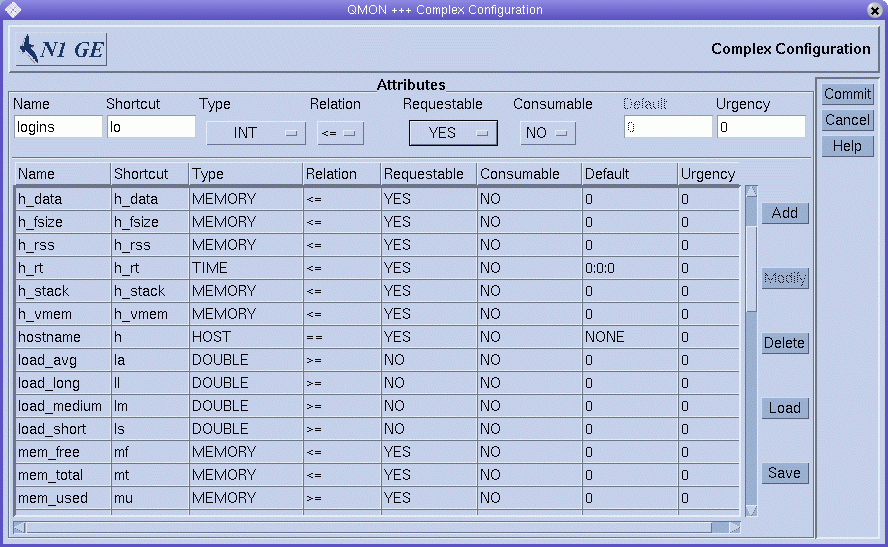Example of a Load Sensor Script
The following example shows a load sensor. The load sensor is a Bourne shell script.
Example 3–2 Load Sensor – Bourne Shell Script
#!/bin/sh
myhost=`uname -n`
while [ 1 ]; do
# wait for input
read input
result=$?
if [ $result != 0 ]; then
exit 1
fi
if [ $input = quit ]; then
exit 0
fi
#send users logged in
logins=`who | cut -f1 -d" " | sort | uniq | wc -l | sed "s/^ *//"`
echo begin
echo "$myhost:logins:$logins"
echo end
done
# we never get here
exit 0
|
Save this script to the file load.sh. Assign executable permission to the file with the chmod command. To test the script interactively from the command line, type load.sh and repeatedly press the Return key.
As soon as the procedure works, you can install it for any execution host. To install the procedure, configure the load sensor path as the load_sensor parameter for the cluster configuration, global configuration, or the host-specific configuration. See Basic Cluster Configuration or the sge_conf(5) man page for more information.
The corresponding QMON window might look like the following figure:

The reported load parameter logins is usable as soon as a corresponding attribute is added to the complex. The required definition might look like the last table entry shown in the following figure.

- © 2010, Oracle Corporation and/or its affiliates
